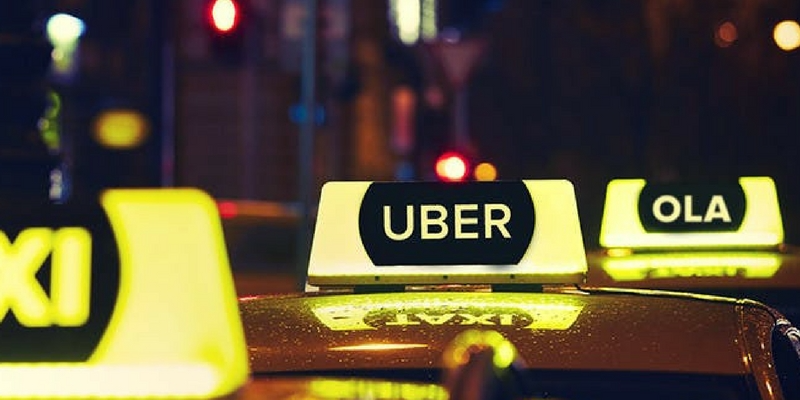
Ola, Uber rides: Govt mandates 80% profit share for drivers, caps surge fare

The government on November 27 capped the ‘surge price’ asked by cab aggregators such as Ola and Uber in times of high demand to 1.5 times the base fare. It also restricted the discount offered by them to 50 per cent of the base fare to limit fare volatility.
Cab operators follow a dynamic pricing model wherein the price of a ride automatically rises when demand outstrips supply within a fixed geographic area.
In states where the taxi fare has not been determined by the local government, ₹25/30 shall be the base fare for regulation. Similar fixation shall be done by the state government for other vehicles integrated with aggregators. Like cabs, some companies also offer bike rides. The base fare varies from state to state.
Also read: For slump in car sales, Nirmala blames millennials preferring Ola, Uber
These norms have been laid out in the 26-page Motor Vehicle Aggregator Guidelines issued by the government on November 27 that seek to define and regulate cab aggregators in the country.
Parliament amended the Motor Vehicles Act in 2019 to carve out ‘aggregators’, a new category of digital intermediaries or marketplaces, which passengers can use to connect with a driver. The rules will apply to all vehicles, including bikes, cars, auto-rickshaws, buses and e-rickshaws.
Before the 2019 amendment, there were no uniform guidelines for aggregators and the rules differed from state to state, leading to occasional regulatory hurdles.
What may cheer drivers who have been hit hard by the coronavirus pandemic, the government has mandated they get at least 80 per cent of the income earned from a ride, with the remaining going into the kitty of the aggregator.
Cab aggregators do not charge drivers a fixed commission as even that fluctuates depending on whether a driver is new or old on the platform. It also varies basis the number of rides the driver concludes in a day.
Related video: Karnataka bans cab aggregator Ola, revokes it soon after
Over the last few years, the drivers have been crying foul over the rising commission and decreasing incomes. Multiple driver unions have time and again been protesting about how the aggregators offered them high incentives during the time of logging on to their platform. However over a period of time that gets reduced as the operators stop these schemes abruptly.
In 2015, commissions that aggregators charged from drivers were nominal. Drivers used to take home anywhere between ₹90,000 to ₹1.5 lakh a month. Lured by high income potential, thousands of drivers joined the cab-hailing apps during 2015-16.
However, the ones who joined have been crying foul, given a sharp decline in income owing to rise in commissions. Most of them have been struggling to recover the cost of their vehicles which they have purchased on loans. Their monthly earnings barely cover the EMI and cost of running the vehicle.
As compared to 2015, the earnings of drivers have declined by 60-70 per cent till the pre-COVID era. The COVID-19 pandemic has only accelerated their financial woes.


